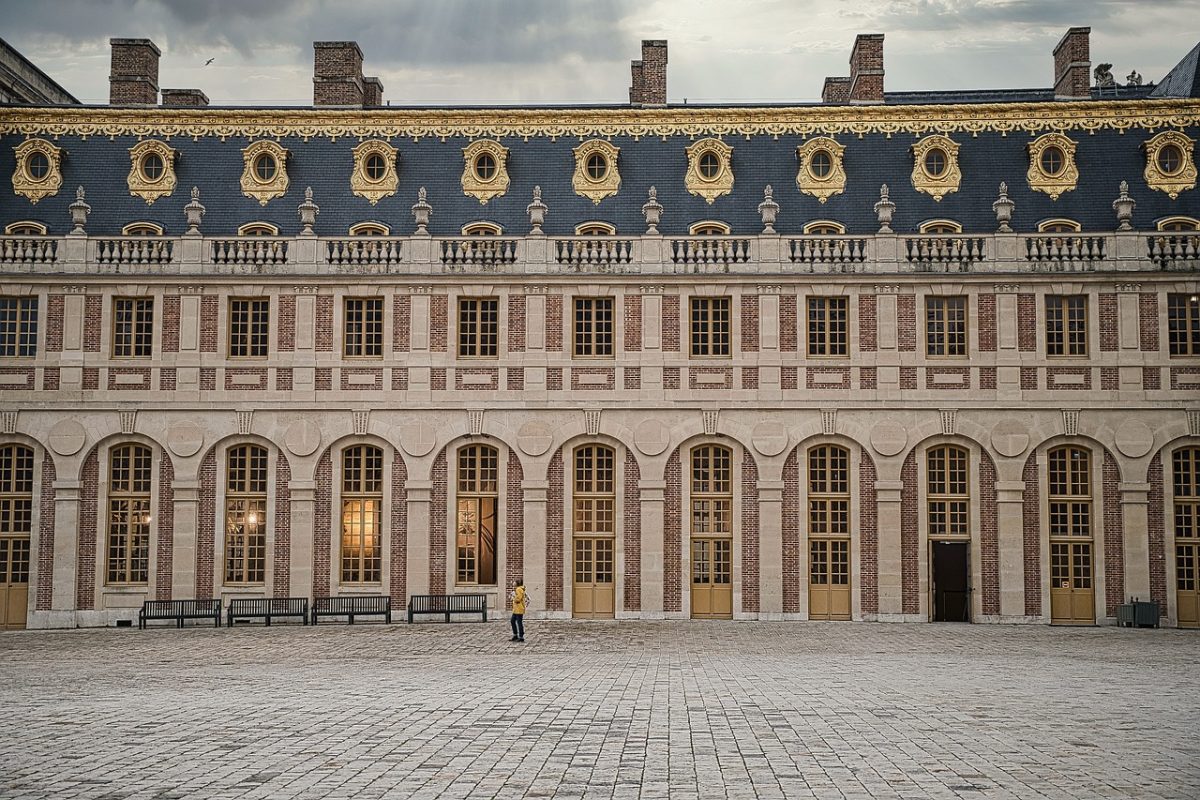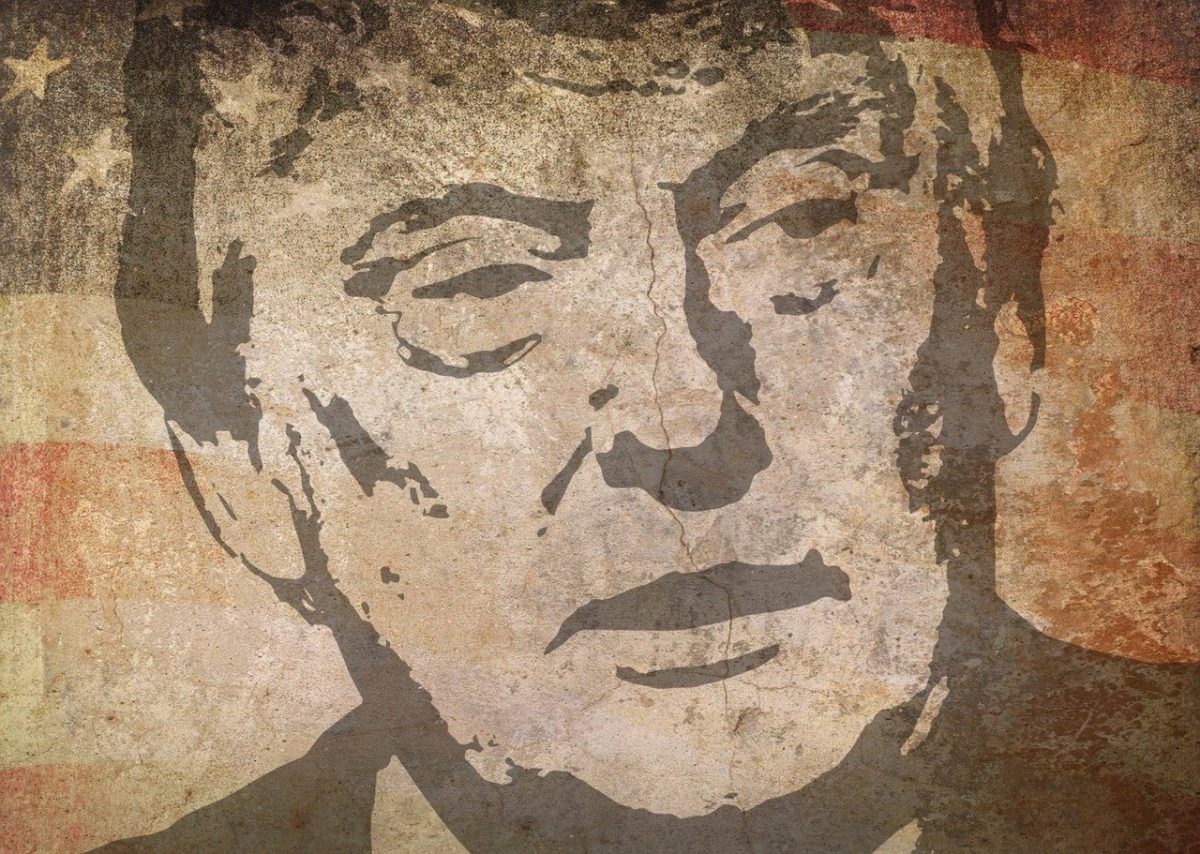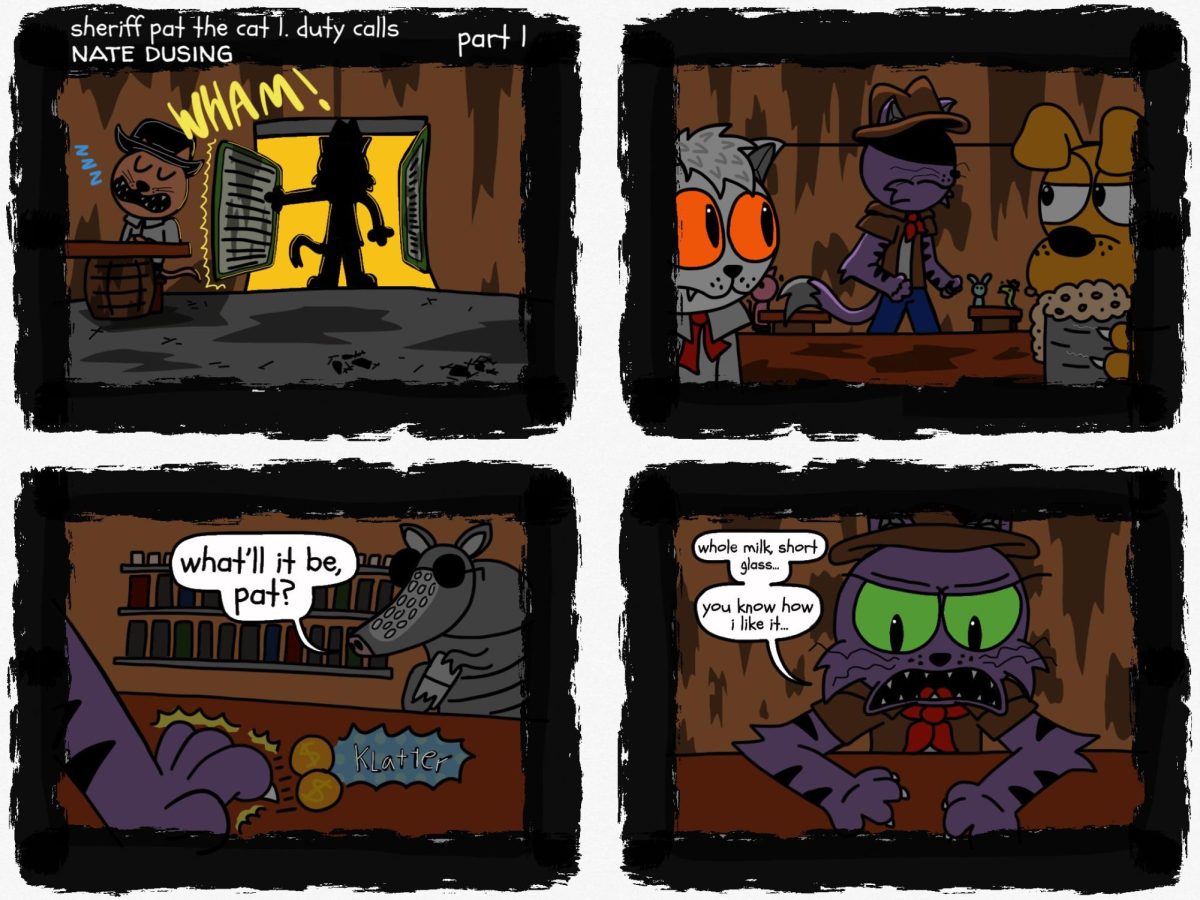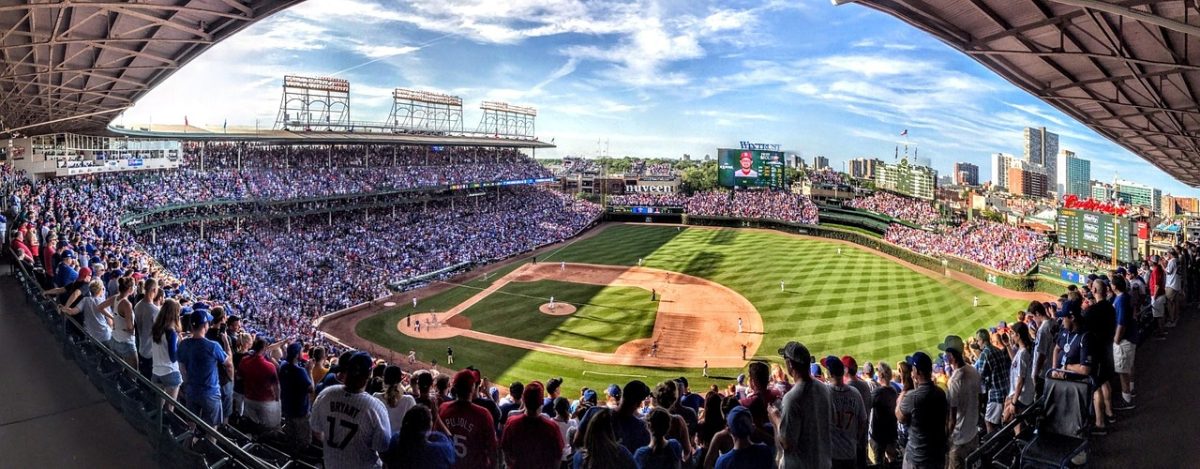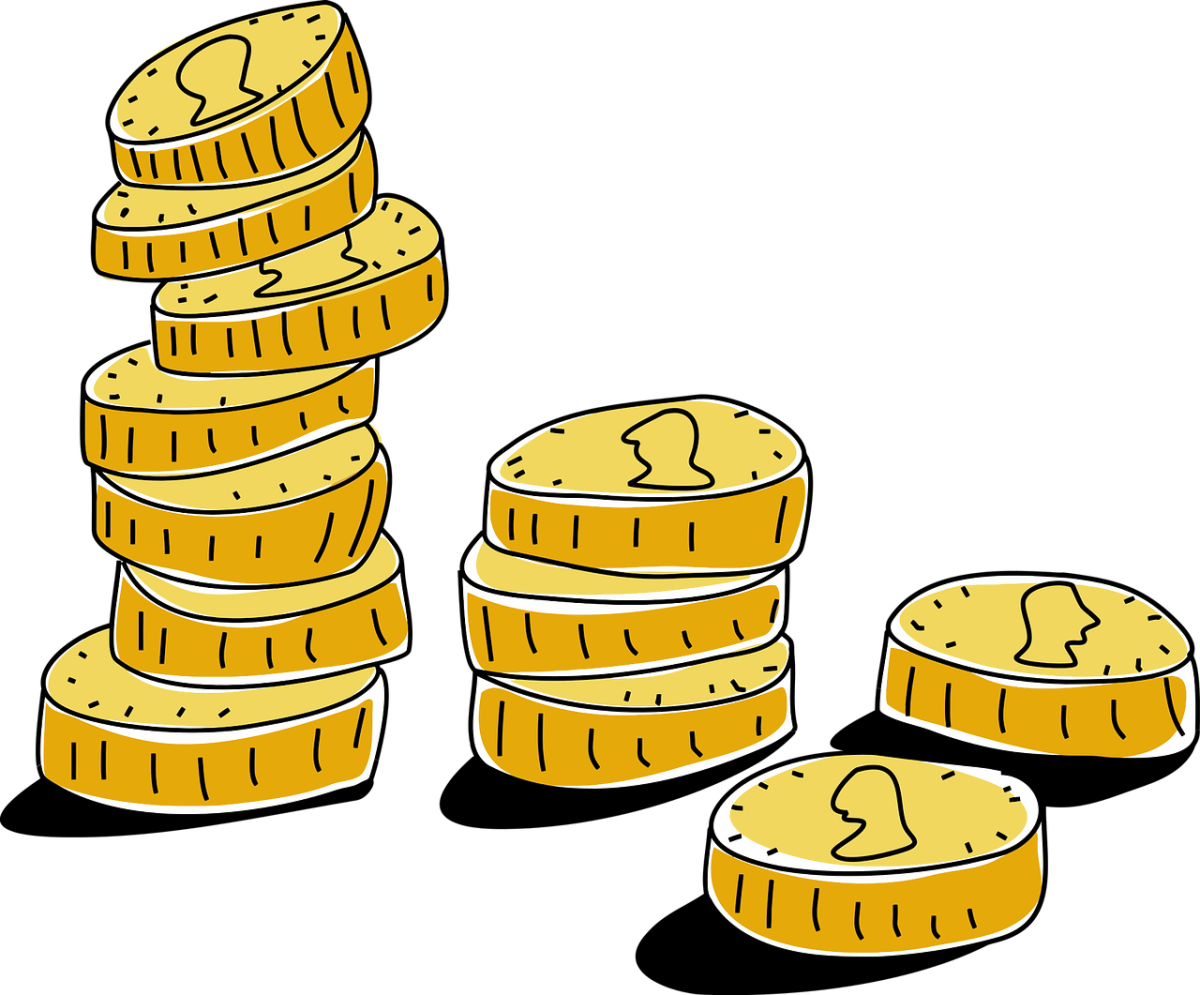The old French monarchy: why did it fall? In 1763, France fought the British in the Seven Years’ War and lost, putting the country into debt. Then, in 1778, France backed the American Revolution, which put a country that was already into debt into even more debt.
After the war ended, the government needed to find a way to pay back the debt, and guess who had to pay it? The impoverished people of the third estate, who were already struggling, had to pay it. The king would summon the estates general, which was based on three estates: the First Estate, Second Estate, and Third Estate, each one would get a vote. But the Third Estate made up 98% of the population, meaning that when legislation involving taxes in France came up, the 2 percent would always outvote the 98%, which would cause problems and resentment for the Third Estate and would eventually lead to the fall of the system. On top of that, a bad harvest happened, and bread prices rose, so now the Third Estate was really starving. In Paris, the worst effects would take place in 1789. Peasants stormed the Bastille to obtain weapons, killing the president of the Bastille and putting his head on a pike. Later that year, women would march to Versailles to force the king and queen back to Paris, where they could see what was going on in the city. For the next couple of years, the king would pretend to support the revolutionary efforts. In June 1791, the king and queen tried to flee France but ultimately failed. At that point, the king tried to hold on to power as long as he could, but everyone knew that his fall was inevitable. He would eventually abdicate, although it didn’t take place until September 21, 1792. That was the fall of the original French monarchy.
